Polyurethane elastomers are given the title of "wear-resistant rubber" because of their excellent wear resistance. Screens made of polyurethane elastomers have excellent comprehensive properties, especially outstanding wear resistance, so they are widely used in the mineral processing industry. The service life of traditional steel wire screen is generally about 20 days, the life span of rubber screen is generally 2 months, while polyurethane screen can serve as long as 6 months. Compared with steel screen, polyurethane screen also has the advantages of light weight and low noise.
Polyurethane elastomers can be divided into three types: mixing polyurethane (MPU), casting polyurethane (CPU) and thermoplastic polyurethane (TPU) according to their synthesis methods. At present, the vast majority of polyurethane screens are casted with CPU, not only because CPU has excellent processing performance, but also because its physical and mechanical properties can be adjusted by changing the ratio of raw materials, such as adding graphite, which can improve the wear resistance of the screen. It is true that the use of CPU to produce screen mesh has the above advantages, but it has the disadvantage of relying on mold production. Because the screens are generally non-standard products, different customers have different requirements for the overall size of the screen, aperture size and distribution of the screen holes. In order to meet the requirements of different customers for screen specifications, it is necessary to build the corresponding mold first. For small batch production, the cost of molds undoubtedly accounts for a high proportion of the total production cost, and it takes a long time to manufacture molds, which prolongs the production cycle.
In order to achieve the purpose of not relying on molds, short production cycle, and convenient production, Henstarscreen uses a new type of screen frame, lower screen bars and upper screen bars. The core material of the lower screen bar is steel wire rope, the core material of the upper screen bar is steel wire rope, aramid fiber or inorganic fiber, the lower screen bar and the upper screen bar are arranged perpendicularly to each other to form a rectangular hole, and the steel wire rope of the lower screen bar is welded to the steel. The upper and lower sieve bars and the upper sieve bars are welded together by polyurethane heat fusion.
Since the screen bar used by Henstarscreen is a thermoplastic polyurethane sectional material,with core material cladded, it can be continuously extruded and overmolded, and the diameter of the screen bar and its core material can be easily adjusted, so there is no need to make a special mold to make the screen mesh production. The cycle is greatly shortened. At the same time, by changing the spacing between the lower and upper sieve bars, the size of the sieve holes can be easily changed to meet the needs of sieving of different particle sizes. The strength of the screen mesh and the accuracy of the screen hole size also enjoy the advantage of being convenient to manufacture.
TPU tensioned screen mesh is composed of an installation screen frame (1), a lower screen bar (2) and an upper screen bar (3). , the core material of the lower screen bar (2) is steel wire rope, the core material of the upper screen bar (3) is steel wire rope, aramid fiber or inorganic fiber, the lower screen bar (2) and the upper screen bar (3) are arranged perpendicular to each other to form a surrounding A rectangular hole, the steel wire rope of the lower screen bar (2) is welded to the steel installation screen frame (1), and the polyurethane heat fusion welding at the intersection of the lower screen bar (2) and the upper screen bar (3). The utility model has the advantages of good wear resistance, long service life, short production cycle, convenient manufacture and the like, and can be used for the classification of solid particles in the fields of mineral processing, chemical industry, construction and the like.
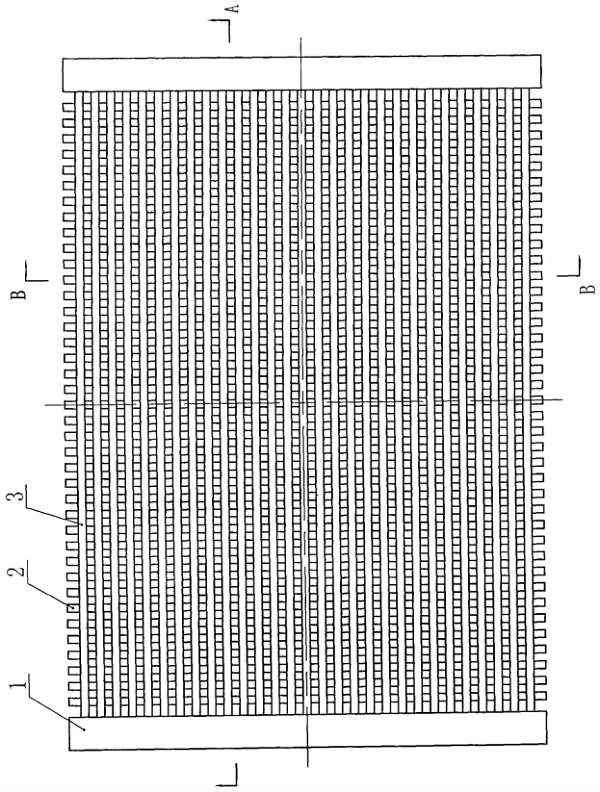

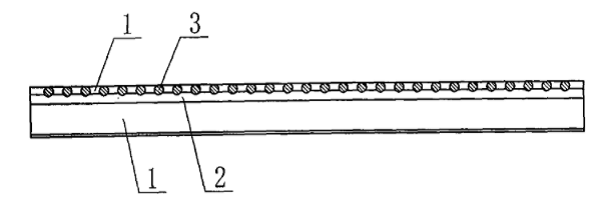




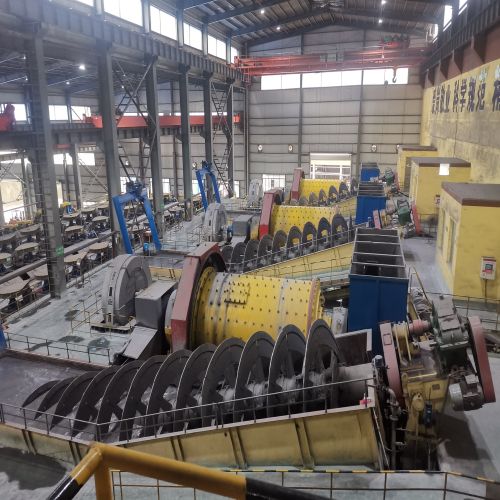 After sales service: Visiting client's mining plant in Burma
After sales service: Visiting client's mining plant in Burma
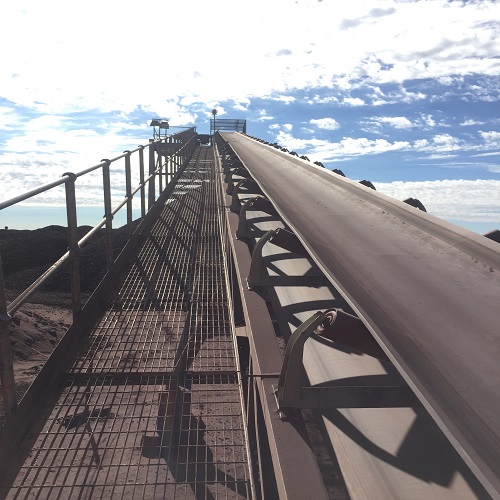 Mining companies may pause growth plans amid Ukraine war, inflation
Mining companies may pause growth plans amid Ukraine war, inflation
 Coal export ban in Indonesia.
Coal export ban in Indonesia.
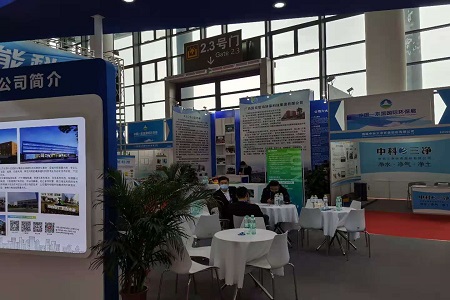 Henstar attach importance to Parkistan market
Henstar attach importance to Parkistan market